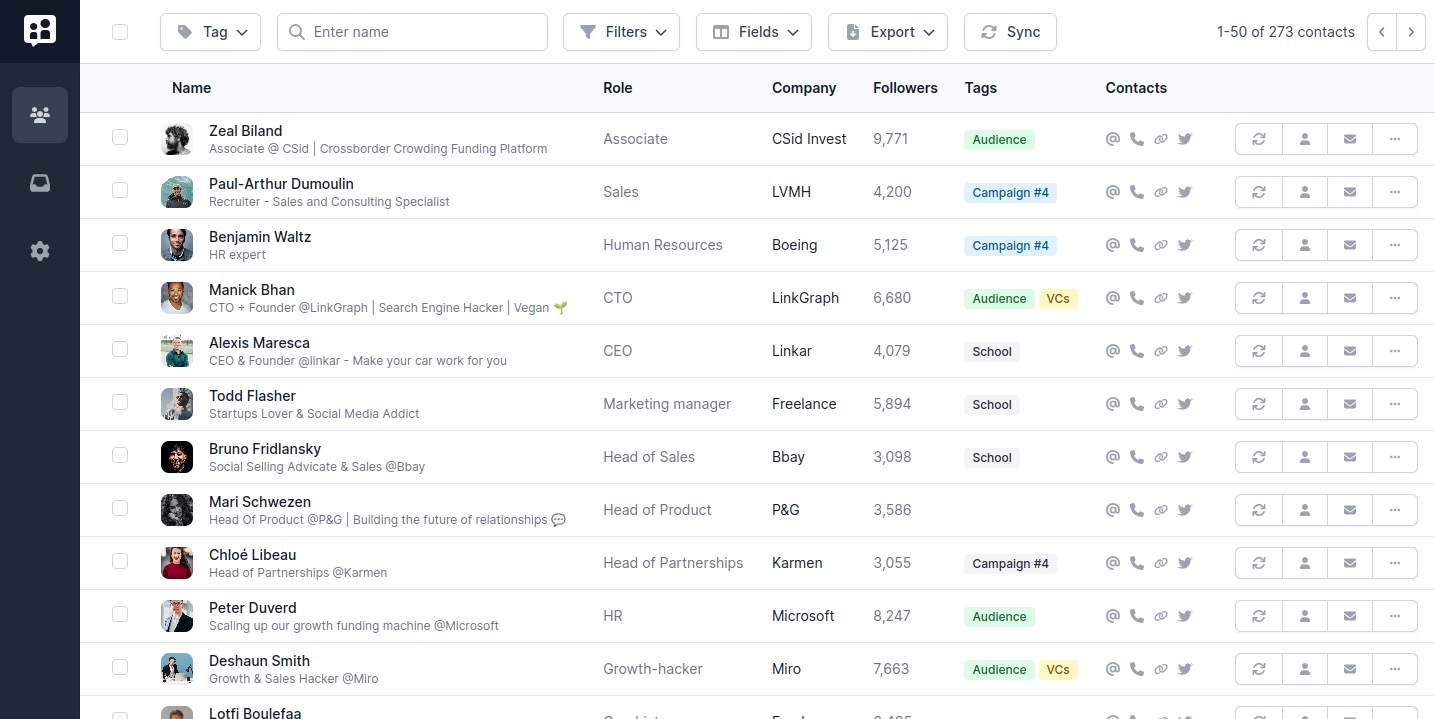LinkedIn is built around the idea of 1st, 2nd, and 3rd-degree connections. But what does this mean? In the following sections, we will delve into the specifics of each connection degree and how they play a vital role in shaping your professional network on the platform.
Understanding LinkedIn Connection Degrees
1st-degree connections
These are the people you're directly connected with on LinkedIn. You've either sent them a connection request, or they've sent one to you, and it's been accepted. This direct connection allows you to interact with them through messages and view their full profile, including their connections.
2nd-degree connections
These are the people who are connected to your 1st-degree connections. They're not directly connected to you, but you share a mutual connection. You can see their name, headline, and a limited version of their profile. To access more information or interact with them, you'll need to either connect with them or get introduced by your mutual connection.
3rd-degree connections
These are the people who are connected to your 2nd-degree connections. They're even further removed from your direct network, and you may not have any mutual connections with them. You'll only see very limited information about them, and you'll need to connect with them or find a way to be introduced through your network to learn more.
Visualize LinkedIn 1st, 2nd and 3rd degree connections

So why should you expand your LinkedIn network?
Simple: Expanding your LinkedIn network allows you to make the most of the platform's features and improve your visibility. Here are some key advantages:
- Increased profile visibility: As your network grows, more people will be able to view your full profile, resulting in greater visibility and opportunities for professional growth.
- Access to extended networks: With a larger network, you'll have more 2nd and 3rd-degree connections, which can lead to further networking possibilities and new professional relationships.
- Improved search results: A more extensive network can improve your ranking in LinkedIn search results, making it easier for others to find your profile when looking for professionals in your field.
- Better content reach: A larger audience for your shared content, such as articles, updates, or achievements, can lead to increased engagement and help establish your expertise within your industry.
- More recommendations and endorsements: A broader network increases the chances of receiving valuable recommendations and skill endorsements from your connections, which can boost your profile's credibility.
By focusing on growing your LinkedIn network, you can unlock these benefits and maximize the platform's potential for your professional development.
Conclusion
Understanding the meaning of LinkedIn's 1st, 2nd, and 3rd-degree connections is crucial to leveraging the platform's networking capabilities effectively. By expanding your network, optimizing your profile, and building relationships, you can unlock the full potential of LinkedIn to advance your career.
FAQs
Q1. Can you have 4th degree connections on LinkedIn?
Absolutely! While LinkedIn does not explicitly categorize connections beyond the 3rd degree, you could consider people who are connected to your 3rd-degree connections as part of an extended network.
However, these individuals are not labeled as 4th-degree connections on the platform, and their profiles will be much more limited in terms of visibility (Their names, avatar, and every other informations are hidden under a place holder name: “Unknown user”.).
To connect with them, you would need to first establish a connection with someone in their network or find another way to be introduced.

